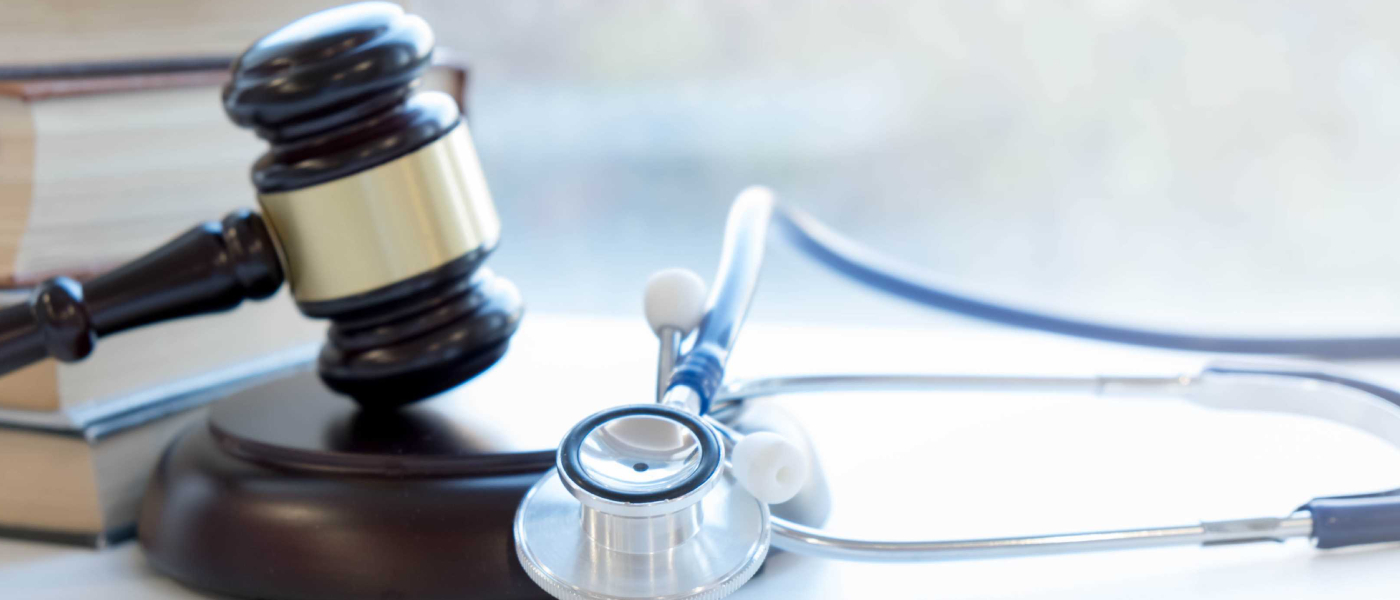
Mother’s Day makes us all a little more conscious of the care and sacrifice our moms made while we were young. Today, many adult children find their roles reversed — they now must provide care and assistance for their ailing or elderly moms.
Caring for an elderly parent is a common activity for many adult kids. In fact, polling company Gallup says more than 70 percent of adults are caring for an elderly parent, most of whom are 75 years of age or older. Many of those caregivers are also holding down jobs, a combination that can become stressful and isolating over time. If you’re one of those adult children tasked with providing care for your elderly mom or dad, here are four important tips to help you cope:
- Talk to your employer. Letting your employer know about your obligations helps him or her understand why you may need a day off or call in late on occasion. By being upfront about your needs and constraints, you can hopefully avoid serious repercussions for your career.
- Find out about family leave. If your parent is especially ill, ask about paid leave options that could allow you to take some time off to provide care without straining your finances or risking your position.
- Look into daycare and in-home care options. Even if you provide most of your parent’s care, there are times when you could use a helping hand or take a break. Medicare Parts A and B offer provisions for some types of home care; they can also provide limited coverage for medically-required adult daycare. You may also be able to tap community resources for help.
- Get support. Connecting with other people in your situation can be a powerful tool in helping you cope and avoiding stress and depression. To find a support group near you, contact your area office on aging, or visit the Eldercare Locator website, a service of the U.S. Administration on Aging.



